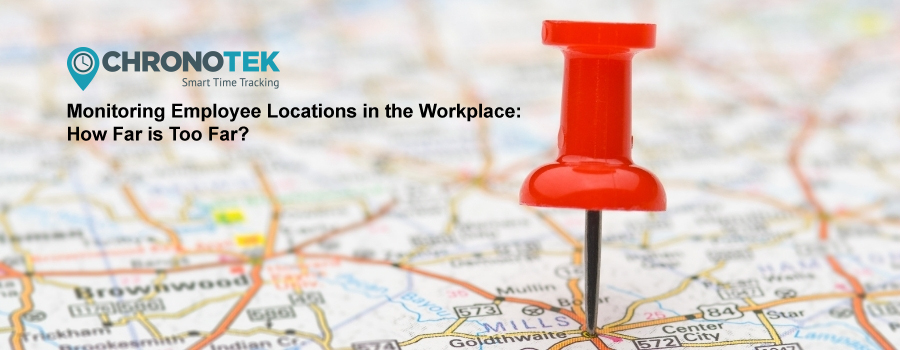As technology continues to get more sophisticated year over year, concerns over privacy in the workplace continue to rise.
Most employees understand that emails sent using a company email account or files stored on a company device are considered employer property. They also accept a level of workplace monitoring through productivity and time-tracking applications. Many employees expect their personal devices and time not to be subject to employer access. But in an age where employees use their personal devices for work, how far is too far when monitoring employee locations?
Employers often have a few reasons for monitoring employees in the workplace. They may want to track and increase productivity, ensure employees are working, protect confidential information, or help create an accountable environment that dissuades events like sexual harassment, theft, and data breaches.
No matter the reason for monitoring employees, the laws and rules surrounding this can get a little blurry at a time when more and more employees use personal devices, like smartphones, for work activity. Is it appropriate for employers to assume they can monitor things like an employee’s location from their phone? Yes, but employers need to remember that there are two sides to monitoring employees on their personal devices.
As an employer, you have the right to track employee locations and time worked while they are on the clock. Tracking helps the employer and employees by keeping employees accountable, ensuring the work is being done, and providing the employer with information on productivity and cost-cutting measures. However, employees have a reasonable expectation that their location remains private when they are not on the clock unless otherwise agreed before the employee accepts the job.
So, with the laws and expectations around location tracking on personal devices being so tricky, how do employers ensure that they are doing all they can to protect themselves and the privacy of their employees?
Many GPS tracking software uses live breadcrumb GPS tracking. Live breadcrumb trails typically track an employee’s location at set intervals, leaving a log of times and locations for each employee throughout the work period. This can be burdensome for supervisors to keep an eye on, especially for businesses with more than a handful of employees. It can also backfire if an employee forgets to clock out and is tracked off the clock.
At Chronotek, we’ve solved this problem with our proprietary GPS Smart Tracks™ technology. Chronotek supplies supervisors with only the live information they need to take action.
The Chronotek app:
- Asks for permission to track location upon download
- Gets a location track at clock-in
- Immediately reports if the employee is tracked at the job or not (on clock-in and clock-out)
- Reports if the employee leaves the job site while still on the clock and if they return
- Shows the locations that the employee visits while on the clock
- Reports if the employee disables location services while on the clock
- Displays on the employee’s clock-in screen that location tracking is enabled
An employee’s on-the-clock activity is reported after the time card is closed, which protects employers from invading employees’ privacy in cases where they forget to clock out. This is a significant difference from many other GPS tracking apps that report potentially sensitive information no matter what.
Employers looking to monitor employee locations from devices like smartphones have much to consider regarding privacy. Do they allow employees to use personal devices? Which type of GPS tracking is both functional and protects privacy? No matter which routes they choose to take, it’s essential for employers to develop clear policies regarding employee monitoring so that both the employer and employees understand the expectations each party holds.
